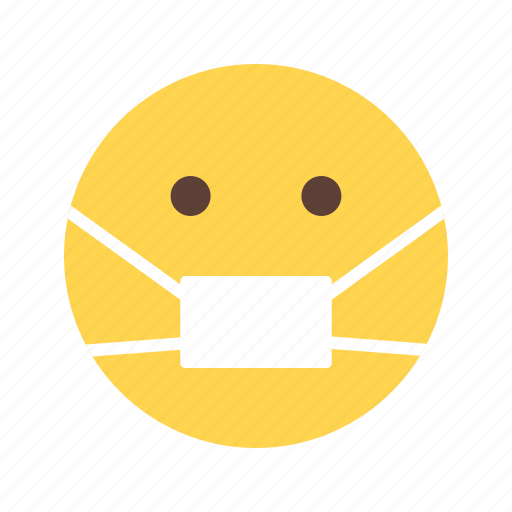The Causes Of The 2020 Moral Panic
Convinced that we're now seeing the end stages of a major moral panic, I revisited common discussions of the phenomenon and compared them to what we've been seeing. Wikipedia defines a moral panic as
a widespread feeling of fear, often an irrational one, that some evil person or thing threatens the values, interests, or well-being of a community or society. It is "the process of arousing social concern over an issue," usually perpetuated by moral entrepreneurs and the mass media, and exacerbated by politicians and lawmakers.
Citing Stanley Cohen's 1972 book Folk Devils and Moral Panics, Wikipedia goes on to say,According to Cohen, a moral panic occurs when a "condition, episode, person or group of persons emerges to become defined as a threat to societal values and interests." To Cohen, those who start the panic after fearing a threat to prevailing social or cultural values are 'moral entrepreneurs', while those who supposedly threaten social order have been described as 'folk devils'.
Recent examples of moral panics given in the discussion include Satanism and the related issue of child sexual abuse in day care centers; HIV/AIDS; and in the 1950s, comic books and switchblades. I think the most severe of these was the panic over day care centers in the 1980s, but as I reflect on it, the 2020 panic was far bigger and had a greater effect. Nobody tried to lock down most of national economies in any previous panic, for instance, and the 2020 panic clearly affected a US presidential election.In fact, while the wars on drugs or terrorism have been cited as examples of recent moral panics, neither of those resulted in measures like universal social distancing or requiring much of the world to wear surgical masks, especially when these measures had highly questionable efficacy in controlling the disease. The closest example for an equivalent effect on daily life in other panics is the greatly increased security screening of airline passengers, but this came in response to an actual, verifiable threat, especially the 9/11 hijackings, and screening passengers turned out to be an effective strategy that reduced such instances.
In contrast, strategies for reducing the spread of COVID, from travel bans to lockdowns to masking and social distancing to vaccine mandates, have had far less demonstrable effect, to the point that the "war on terror" hardly qualifies as a panic response.
But the 2020 panic was a much more complex phenomenon. It also included the BLM riots, which were such an important component of the general panic that the media and politicians granted rioters specific exemptions from the otherwise universal restrictions on mass gatherings. They were integral, not just serendipitous. But they weren't new. They reprised the urban riots of the 1960s and 1990s, and their treatmernt by the media was the same: they dramatized the grievances of the Lumpenproletariat, the petty criminal class, which in a basic error conflated their specific grievances against law enforcement with more general grievances by racial and ethnic minorites.
The contradiction throughout was that the interests of racial minorites living in ghettos were not the same as those of the petty criminals, who mostly preyed on the people in the ghettos. What was the actual threat to society? Who were the folk devils?
I think the perceived threat was from Donald Trump, though my view has always been that Trump is a talented amateur who perceived underlying trends that had existed since Nixon, and indeed since Reconstruction -- he was continuing the process of refocusing Republicans on their Republican roots, which are abolitionist, pro-civil rights, and anti-segregation. The Civil Rights Act of 1964 was passed by Republicans against Democrat oppositon. Jim Crow in the south and northern ghettos were the creatures of an alliance between socially prestigious northern capital and southern segregationists.
The threat to society behind the 2020 panic is the continuing departure from the post-Reconstruction, and indeed, post-Martin Luther King social settlement that arose after King's death, whereby the Democrats took credit for the 1964 Civil Rights Act while giving corrupt minority politicians a free hand in the cities. This is the actual conflict, which is reflected even among Republicans with the division between never-Trumpers and Trumpers. Looked at this way, the actual cause of the panic was the continued rise of anti-Jim Crow Republicans, while COVID was the adventitous development.
But if Trump were removed from the scene tomorrow, the same conditions would prevail.

